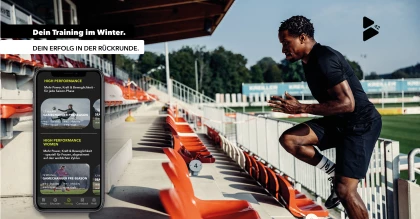Soccer is increasingly defined by its dynamics. It is therefore not surprising that there is hardly a game in which the absolute running performance, intensive runs, sprints and other performance data of teams or individual players are not discussed.
But what role does endurance in the form of running performance play in modern soccer and how can it be trained?
Are there correlations to individual or team performance?
Anyone who saw the match between the ball artists from Spain and the physically strong Moroccans will undoubtedly say "YES".
Even after more than 120 minutes played, the Moroccans still managed to double, mostly even triple, the Iberian wingers. Sofyan Amrabat stabbed forward, sideways or doubled back from his central position a staggering 50 times – he was everywhere on the pitch. Achraf Hakimi drew tempo run after tempo run on his right wing, providing relief for his team and at the same time restraint for the Spaniards, who did not want to catch a counter-attacking goal as the game wore on.
Now the question is, how can you take your stamina to the next level?
You'll find the answers in this article – and maybe one or two myths about endurance training in soccer will be dispelled.







